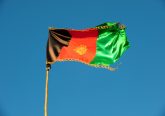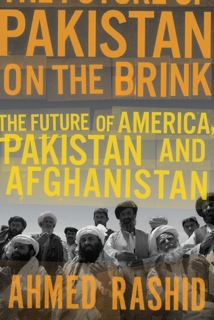Al-Qaeda in the Arabian Peninsula (AQAP) went “on the run” two weeks ago as UAE-supported military forces closed in on the city of Mukalla, AQAP’s de facto capital in eastern Yemen. Saudi state media celebrated a mass annihilation of fleeing AQAP fighters. In reality, the evidence from the ground was more complex. According to my sources in and around the city — borne out by other reporting — AQAP conducted a tactical withdrawal following negotiations with local intermediaries. It remains a coherent organization.
This “liberation” of Mukalla from al-Qaeda rule raises awkward questions. First, how was AQAP able to facilitate a graceful exit, such that it can regroup and bide its time to return? Second, and more fundamentally, how has AQAP continued to spread its influence despite its undoubted losses sustained during years of drone strikes? The answer lies in examining and understanding AQAP’s evolving “Robin Hood” tactics.
During my most recent research trip to eastern Yemen late last year, I was struck by a meeting I had with three leading community members from Mukalla, which had been overrun by AQAP since April 2015. Long into the night I listened to their litany of complaints against AQAP, linked to the new restrictions afflicting their familiar daily routines. When I suggested continuing our discussion the next day, one of them was quick to apologize; he had to rush to a meeting with AQAP commanders. He shrugged off this seeming contradiction by explaining that there was a water problem in his village, and AQAP had promised to fix it. His companion chipped in with news of a long-standing land dispute that AQAP was helping to settle. Despite popular dislike of the organization, even its detractors grudgingly acknowledged that AQAP was approachable, had some sense of justice and got things done.
A full version of this article is available on the Washington Post’s Monkey Cage Blog, where it was originally published.




